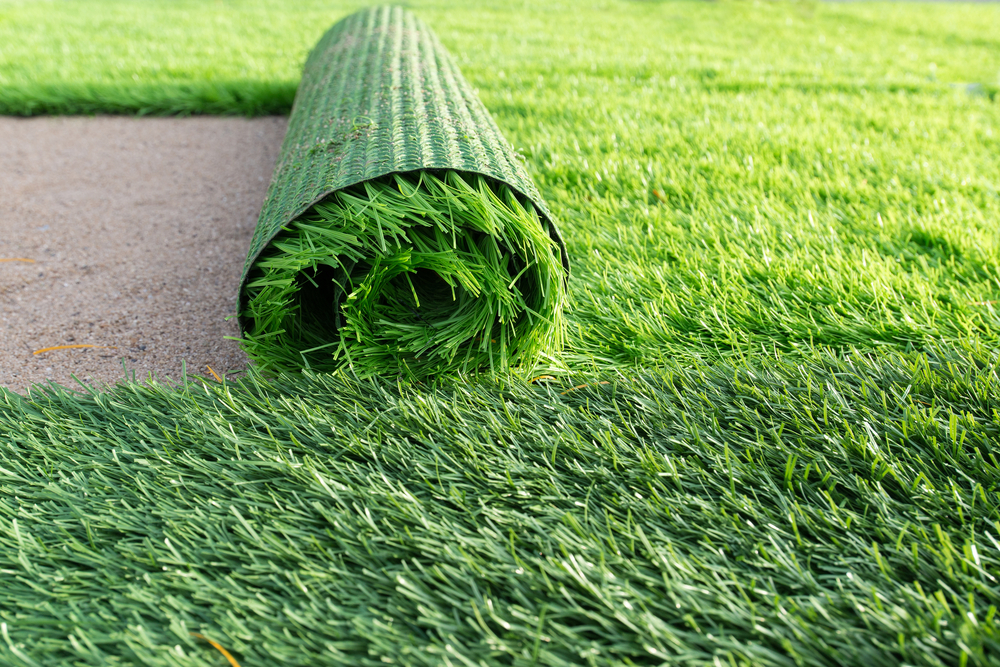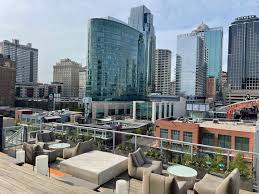
Cultivating green Greener
Our Quest for a Greener Tomorrow: A Student’s View on Net Zero
Every student knows the feeling of sitting in a classroom, gazing out the window at a bright, blue sky—or perhaps a smoggy one. We’re often reminded that the future of our planet rests in our hands. But what does that truly mean? To me, it feels like we’re players in a massive multiplayer game, tasked with defeating the ultimate boss: climate change. Our victory condition? Achieving net zero carbon emissions.
But here’s the catch—this isn’t just about scientists in labs or politicians at summits. As students, we are both the torchbearers and the catalysts for this change. We may not have the power to draft laws or design solar panels (yet), but we have something even more valuable: the ability to imagine a better future and act on it.
Why Net Zero Matters to Us
Picture this: it’s 2040, and instead of worrying about exams, we’re worrying about extreme heatwaves, floods, or rising sea levels swallowing cities. Scary, isn’t it? Net zero is our way of ensuring this doesn’t become our reality. It’s about balancing the carbon dioxide we emit with the amount we remove from the atmosphere. For us students, it means fighting for a planet where we can dream of building careers, exploring nature, and living in harmony with the environment. Net zero isn’t just an environmental goal; it’s a promise to ourselves and the generations after us.
Small Steps, Big Impact: Our Role
They say, “Little drops of water make the mighty ocean.” As students, our actions might feel small, but together, they create ripples that can shape the future. At school, switching to renewable energy, planting trees, and banning single-use plastics are achievable goals. We can even initiate “Green Clubs” to promote sustainable practices among peers. At home, simple habits like switching off lights, avoiding food wastage, and using bicycles instead of cars can make a difference. They may seem tiny, but each act chips away at the mountain of emissions we need to reduce. In our communities, participating in tree-planting drives, spreading awareness about climate change, or even helping families adopt greener practices are steps we can take right now.
Learning from the Past
Just like we study history to understand what went wrong and what worked, we can look at how earlier generations lived sustainably. Traditional farming methods, eco-friendly festivals, and reliance on natural resources rather than artificial ones are lessons we can adapt to today’s world. One of my favorite examples is how our grandparents reused everything, from glass bottles to clothes, instead of throwing them away. It’s time to bring that mindset back—but with a modern twist.
Science and Innovation: Tools of Change
As students, we’re taught to dream big—and net zero is a dream that requires innovation. Technologies like solar panels, wind turbines, and electric vehicles might seem like science fiction, but they’re the tools we need to fight climate change. Why not take part in science fairs or innovation contests to think of new ideas for sustainable living? Imagine creating a low-cost water purifier or designing a device that generates energy from footsteps in schools. Even a single idea could change the world.
Inspiration from Young Changemakers
We’re not alone in this fight. Young activists like Greta Thunberg have shown how students can drive global movements. Her quote, “You are never too small to make a difference,” is a rallying cry for our generation. In India, students have led campaigns for clean rivers and greener cities. If they can do it, why can’t we? Together, we can create a ripple effect that inspires our families, communities, and even policymakers.
The Classroom as a Starting Point
Every lesson we learn in school—from biology explaining the greenhouse effect to chemistry showing how carbon compounds behave—is a tool we can use in this fight. Think about it: we can use math to calculate carbon footprints, geography to understand how ecosystems work, and economics to find ways to balance development with sustainability. Even our extracurricular activities can be a stage for action—dramatizing the effects of climate change in a play or creating art that depicts a green future.
Imagining 2050: A Student’s Dream
Fast forward to 2050. I see myself walking to work in a bustling city powered entirely by renewable energy. The air is fresh, the rivers are clean, and children are playing in vibrant green parks. It’s a world where we’ve defeated the monsters of pollution and deforestation, and net zero isn’t just a concept—it’s our reality. But this isn’t just a dream; it’s the destination we can reach if we act now. “A journey of a thousand miles begins with a single step,” and as students, we’re ready to take those steps.
Conclusion: Writing Our Own Chapter
As students, we’re not just bystanders in the story of climate change—we’re co-authors. The choices we make today will decide how this chapter ends. Achieving net zero isn’t about grand speeches or complex strategies; it’s about believing in the power of collective action and being brave enough to lead it.
So let’s take up the pen and write a future we’re proud of—one where our planet thrives, and we’re the generation that made it happen. After all, in the words of an old saying, “The best time to plant a tree was 20 years ago. The second-best time is now.”
Now is our time. Let’s not waste it.
By: Varada Sakore
Write and Win: Participate in Creative writing Contest & International Essay Contest and win fabulous prizes.


